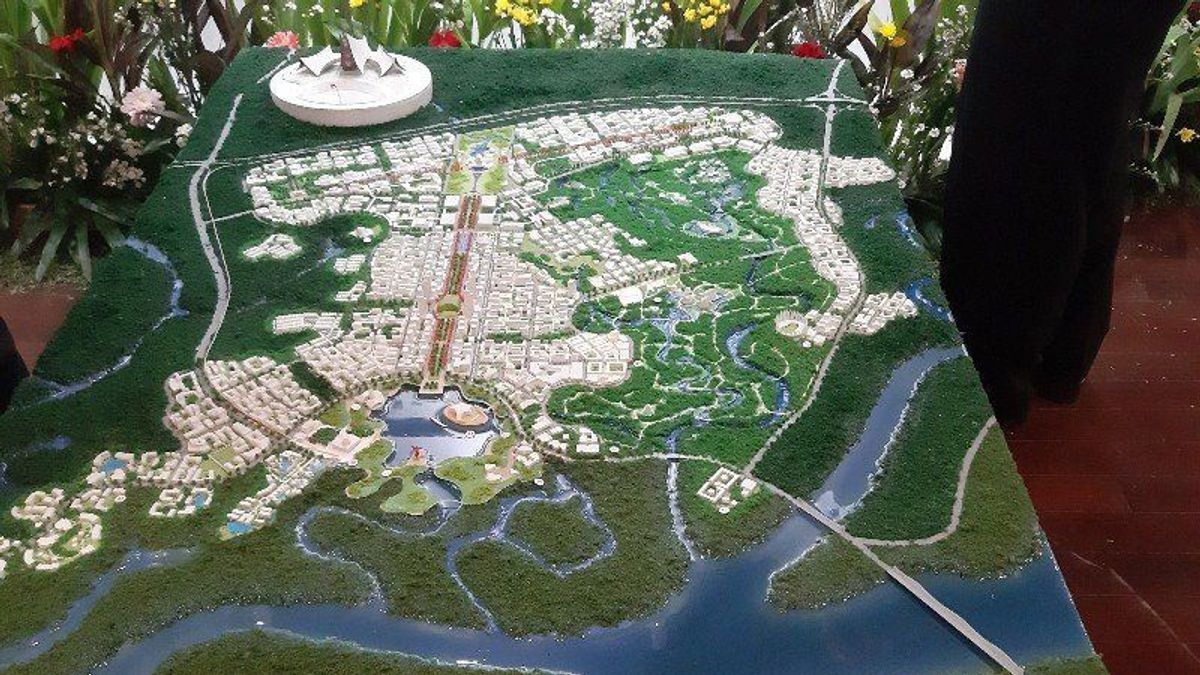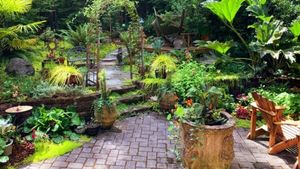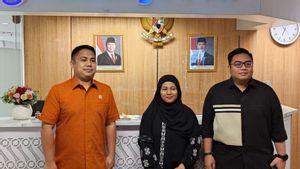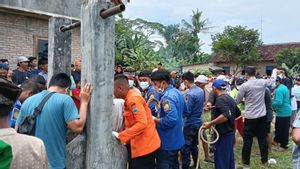JAKARTA - Sponge City or Sponge City will be implemented in the National Capital Region (IKN) in order to harvest and store rainwater so as to reduce flooding.
According to Appendix II of Law Number 3 of 2022 concerning IKN regarding the IKN Master Plan received by Antara in Jakarta, Sunday, the concept and elements of the sponge city are widely applied in IKN, especially to restore the natural cycle of water that has changed due to development.
The application of this concept will provide benefits of water harvesting for additional water availability and reduction of flood hazard, benefits of water purification and ecological preservation, efficiency of resource systems, as well as recreational benefits for the community.
Sponge City refers to a city that acts like a sponge which is able to hold rainwater from flowing directly into the drainage channels and which is able to increase infiltration into the soil so that the danger of flooding can be reduced and the quality and quantity of water can be increased through soil filtration and underground storage. (aquifer).
To support this, IKN is planned with green and blue open spaces that are widely spread, evenly distributed, and connected in a single hydrological system to retain and store water as well as improve the quality of urban ecosystems and biodiversity so as to create comfortable cultural and recreational spaces.
IKN is also planned with the design of urban facilities, such as micro-scale green rooftops on buildings and structures to retain rainwater before it is absorbed by the soil or before it becomes runoff into drainage channels and rivers.
Design of urban facilities on a macro scale, such as the application of porous roads and pavements, bio-slapping, and bioretention systems to quickly retain/absorb rainwater thereby facilitating the smooth and safe movement of vehicles and people.
The three goals of IKN as a sponge city are island cities, absorbent cities, and integrated cities. The principles and examples of implementing sponge cities in the IKN Area include reducing surface runoff where the IKN development concept ensures that there is no additional surface runoff as a result of increasing the area of the built environment. The development of the IKN area ensures that runoff changes occur to a minimum and efforts are made to hold more water when the IKN has been built.
The second principle is to maximize the infiltration of rainwater, the IKN area is built to be able to absorb rainwater into the soil to the maximum. This can be done by building green open spaces that are widely distributed and evenly distributed and can function as rain gardens.
The third principle is harvesting rainwater. Blue open spaces such as ditches, river channels, water reservoirs, are designed as a hydrological unit. Its purpose is to retain and store water as well as improve the quality of urban ecosystems and biodiversity. This design will start from the scale of the residential area (small retention) in IKN to the scale of the city area (reservoir).
The English, Chinese, Japanese, Arabic, and French versions are automatically generated by the AI. So there may still be inaccuracies in translating, please always see Indonesian as our main language. (system supported by DigitalSiber.id)













